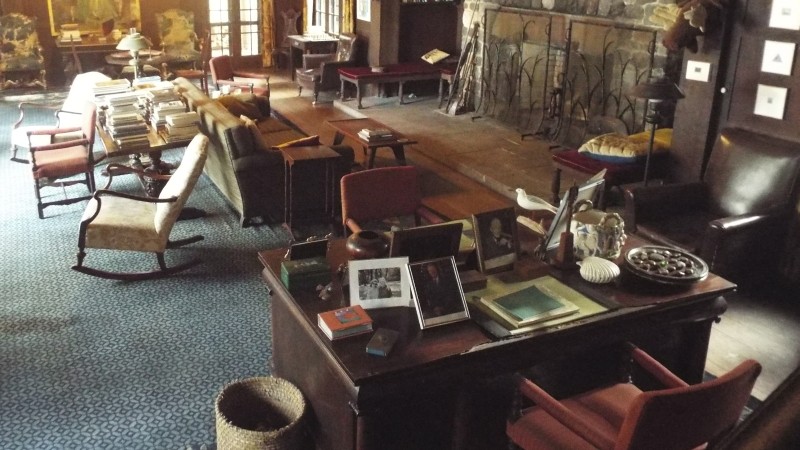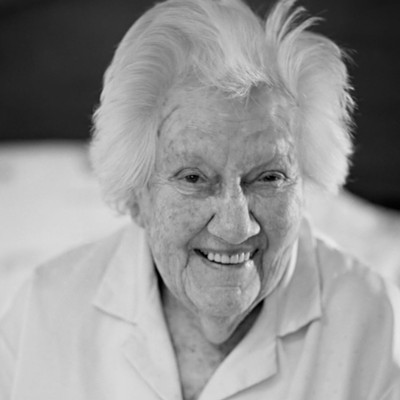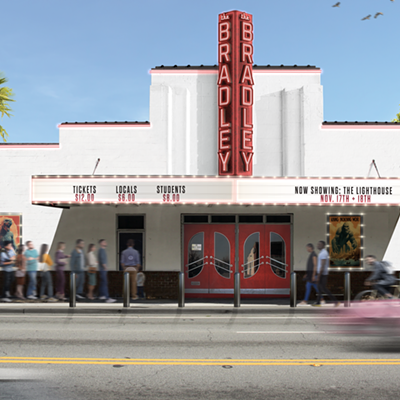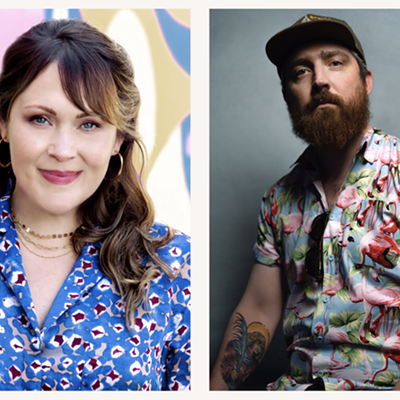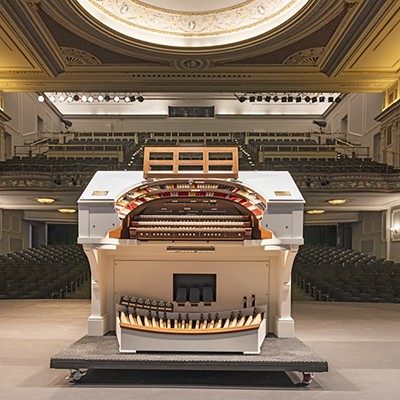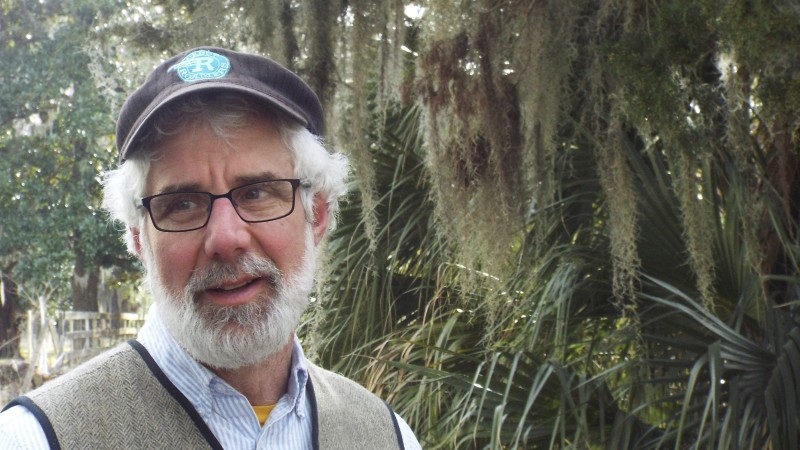
THE final scene in The Last Emperor always makes me cry.
The elderly former Chinese monarch looks at his former throne, now a museum piece. He checks to make sure no one’s looking. Then he climbs past the rope and sits in it.
And I have to confess, when I visit some of Savannah’s house museums—and we have dozens—I sometimes feel the twinge of a Henry Pu Yi moment.
Can’t I sit, just once, on fine upholstery?
I felt the twinge recently in Sandy West’s living room on Ossabaw Island, where I spoke with furniture conservator David Bayne.
“I’m only sitting on this chair because you’re sitting on it,” he told me as we reclined on a sofa that I picked for our interview location.
Bayne is one of the country’s foremost furniture conservators. He was at West’s house to lead a workshop for young conservators.
“We’re trained never to sit on the furniture,” he says.
Of course, this wasn’t a Beijing museum. It’s still very much Sandy West’s living room. The island matriarch, 102 years old, was upstairs, receiving guests.
Bayne and I sat by her fireplace and talked about what he was doing on this remote island and some of the big ideas in his profession.
“Part of the standards of practice is that you treat every object the same way,” he says. “You might treat a comic book the same way you treat a Gutenberg Bible.”
So, to me, it’s just a sofa. It’s a rug. It’s a curtain! For Bayne, it’s a delicate jewel that, with my ass’s help, might become his next “furniture emergency.”
He studied material technology, organic, inorganic and physical chemistry, art history, woodworking and analytical methods to do his job. He’s been responsible for furniture conservation at all of the historic sites in the state of New York for 22 years.
He’s worked on some genuine treasures. So yes, it gives him the queasies to sit on an old sofa.
“You’re passing it on,” Bayne says. “As a conservator, you do things thinking about the next guy who’s going to be in the same position you are and has to work on this.”
Philosophical conundrums? Conservators run into them all the time. Restoration versus replication. Access versus preservation.
These dilemmas are shared by museum curators—of which we also have many in Savannah—and private citizens—if you’re lucky enough to own a priceless antique.
“Conservators don’t want to have everything all locked up in a tomb,” he says. “But yeah, if you lock everything up in a tomb, it lasts a very long time. That isn’t the goal.”
He says, the biggest mistake people make with historic furnishings isn’t leaving them out for numbskulls with bad ideas from movies.
It’s “over-conservation.”
In other words, that finish or fabric looks just fine, thank you. Don’t mess with it!
“If you don’t like the way it looks, maybe you should think about a different piece of furniture or putting it in a different room,” he advises.
All it might need is a good cleaning. And that was the point of Bayne’s workshop, organized by the American Institute for Conservation with help from the Ossabaw Island Foundation.
Six young conservators learned about collections care and preventive conservation in a real-life setting, with real-life challenges—like mold, rust, rot and pests. It was very detailed, museum-style housekeeping, important for the collection’s future.
“I really like the sense of history,” Bayne says of his profession. “It’s kind of cool.”
Cool enough that I think he also might cry at The Last Emperor finale. But only because it’s a conservator’s nightmare.

